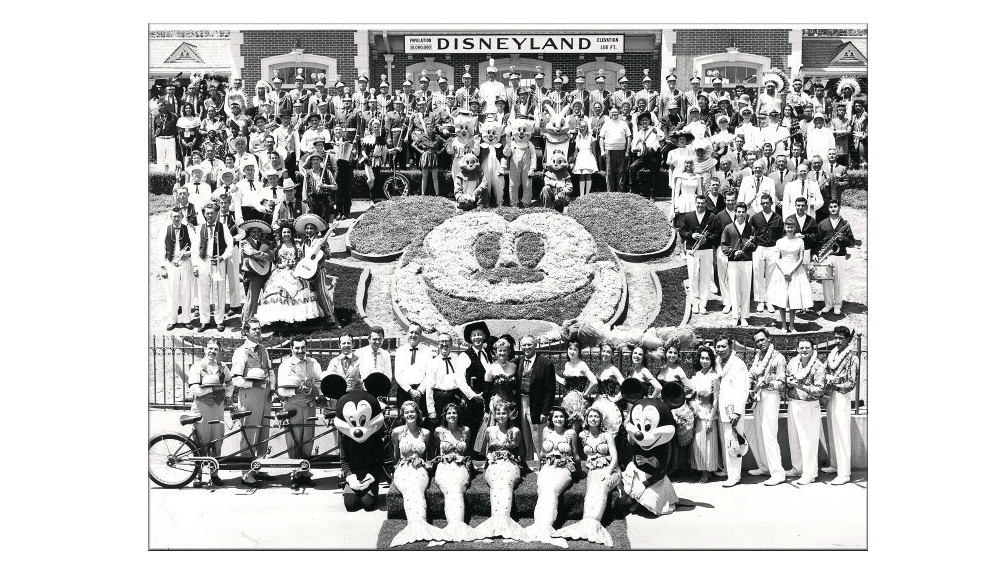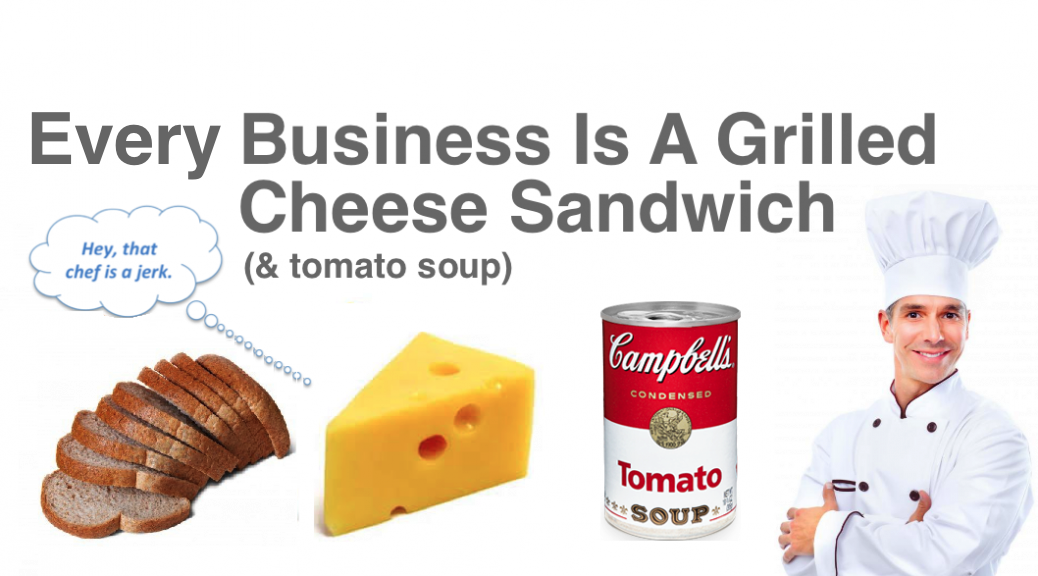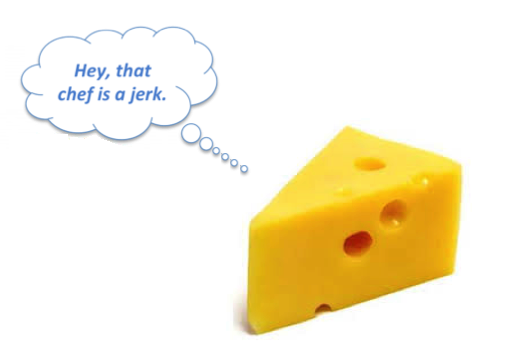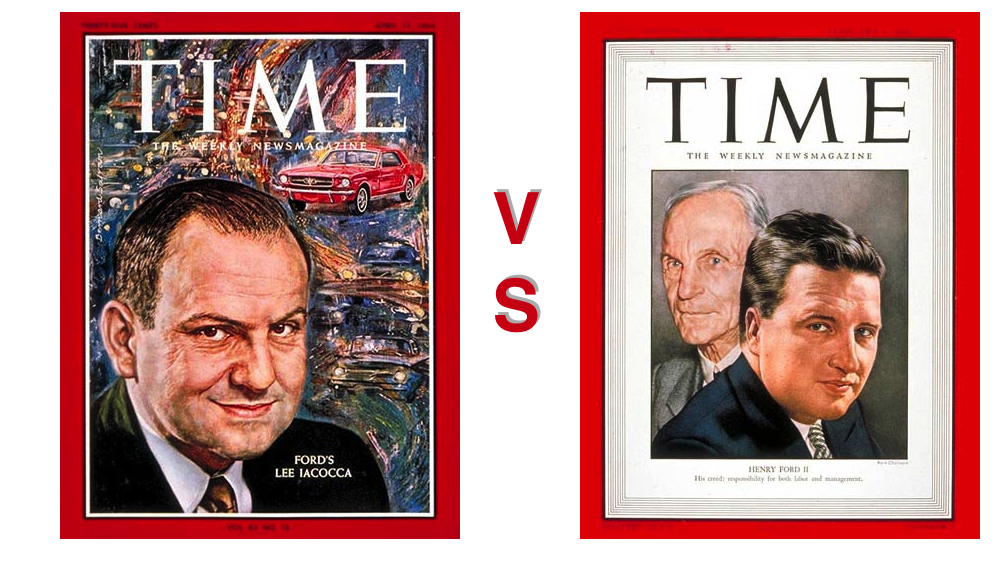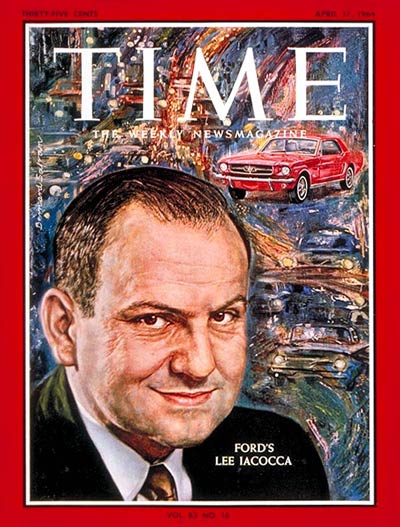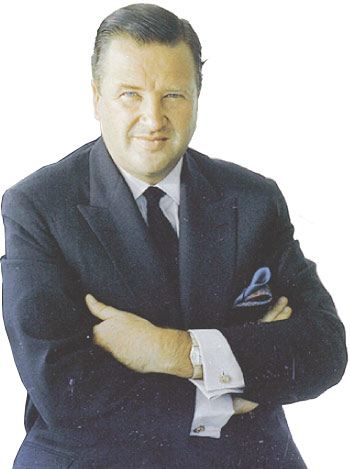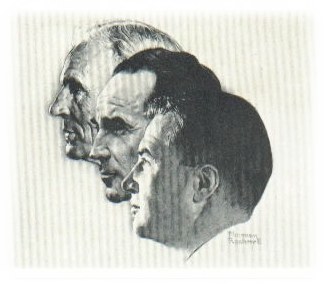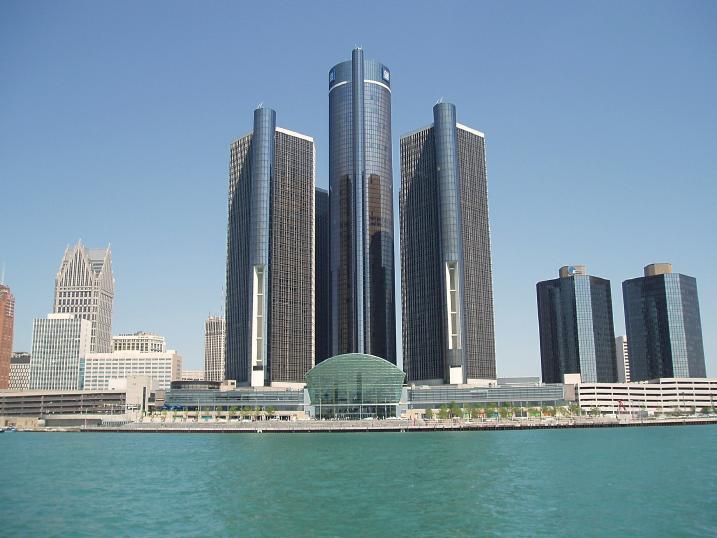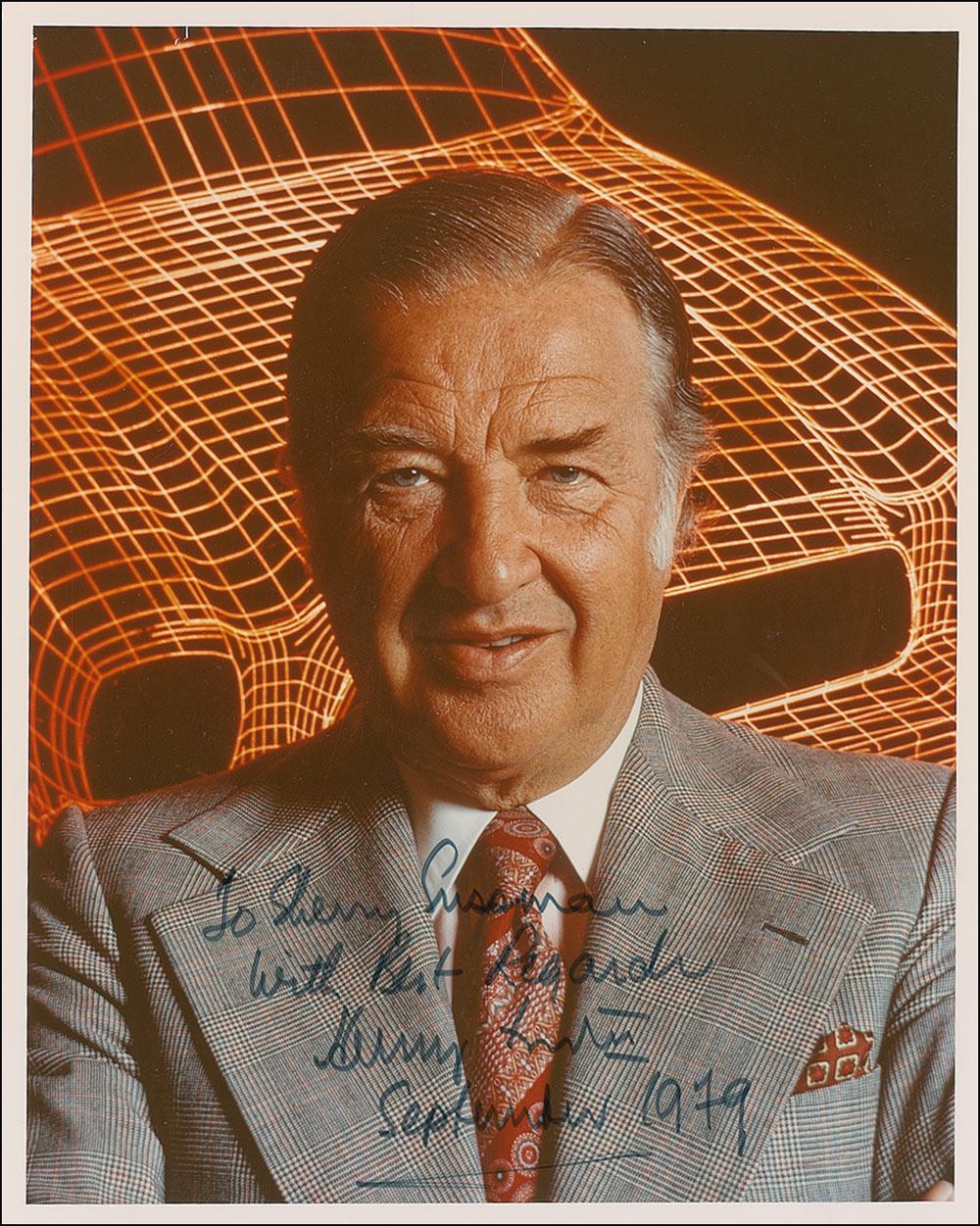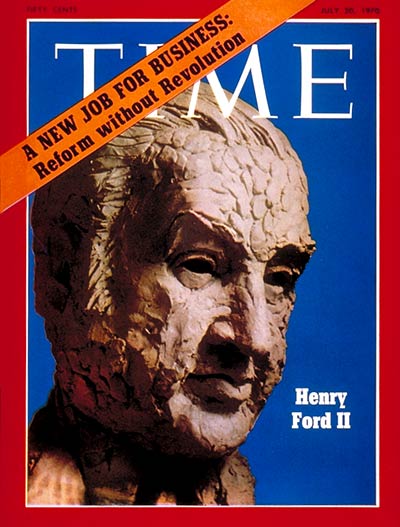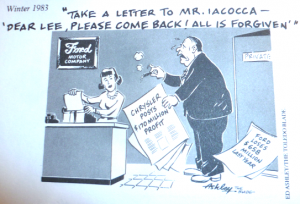![]() Disneyland was finished in 1955 in Anaheim California but it had a limited size and the value of the land around Disneyland was astronomical once the business model was proven to be highly successful. Hotels, restaurants were built around Disneyland which made expansion difficult. As a result of the difficulties faced in California, Walt Disney was engaged in a cloak and dagger ploy to buy land and then build a massive theme park in central Florida.
Disneyland was finished in 1955 in Anaheim California but it had a limited size and the value of the land around Disneyland was astronomical once the business model was proven to be highly successful. Hotels, restaurants were built around Disneyland which made expansion difficult. As a result of the difficulties faced in California, Walt Disney was engaged in a cloak and dagger ploy to buy land and then build a massive theme park in central Florida.
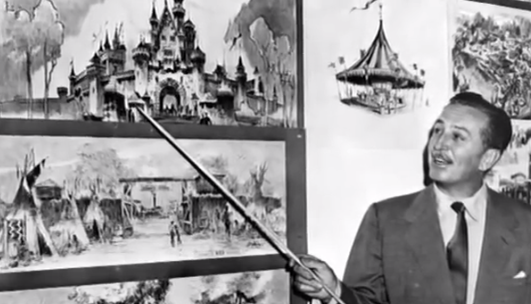 In 1964, Walt was able to purchase a great deal of land but it had to be done secretly. $180 per acre was the cost for a total of 27,000 acres of swampland. The utilitor was built on the ground floor and Disney World’s Magic Kingdom was actually build 14 feet above this walkway system for employees. DisneyWorld was opened in 1971 with an attendance that hit 10 million in less than two years. The theme park was the perfect tourist attraction. One of the powerful ideas fuelinf Disney World was that DisneyWorld is the never-ending plus-able theme park. Walt Disney World is ‘always in a state of becoming’ implying that DisneyWorld is never finished. As a child we were always told that.
In 1964, Walt was able to purchase a great deal of land but it had to be done secretly. $180 per acre was the cost for a total of 27,000 acres of swampland. The utilitor was built on the ground floor and Disney World’s Magic Kingdom was actually build 14 feet above this walkway system for employees. DisneyWorld was opened in 1971 with an attendance that hit 10 million in less than two years. The theme park was the perfect tourist attraction. One of the powerful ideas fuelinf Disney World was that DisneyWorld is the never-ending plus-able theme park. Walt Disney World is ‘always in a state of becoming’ implying that DisneyWorld is never finished. As a child we were always told that.
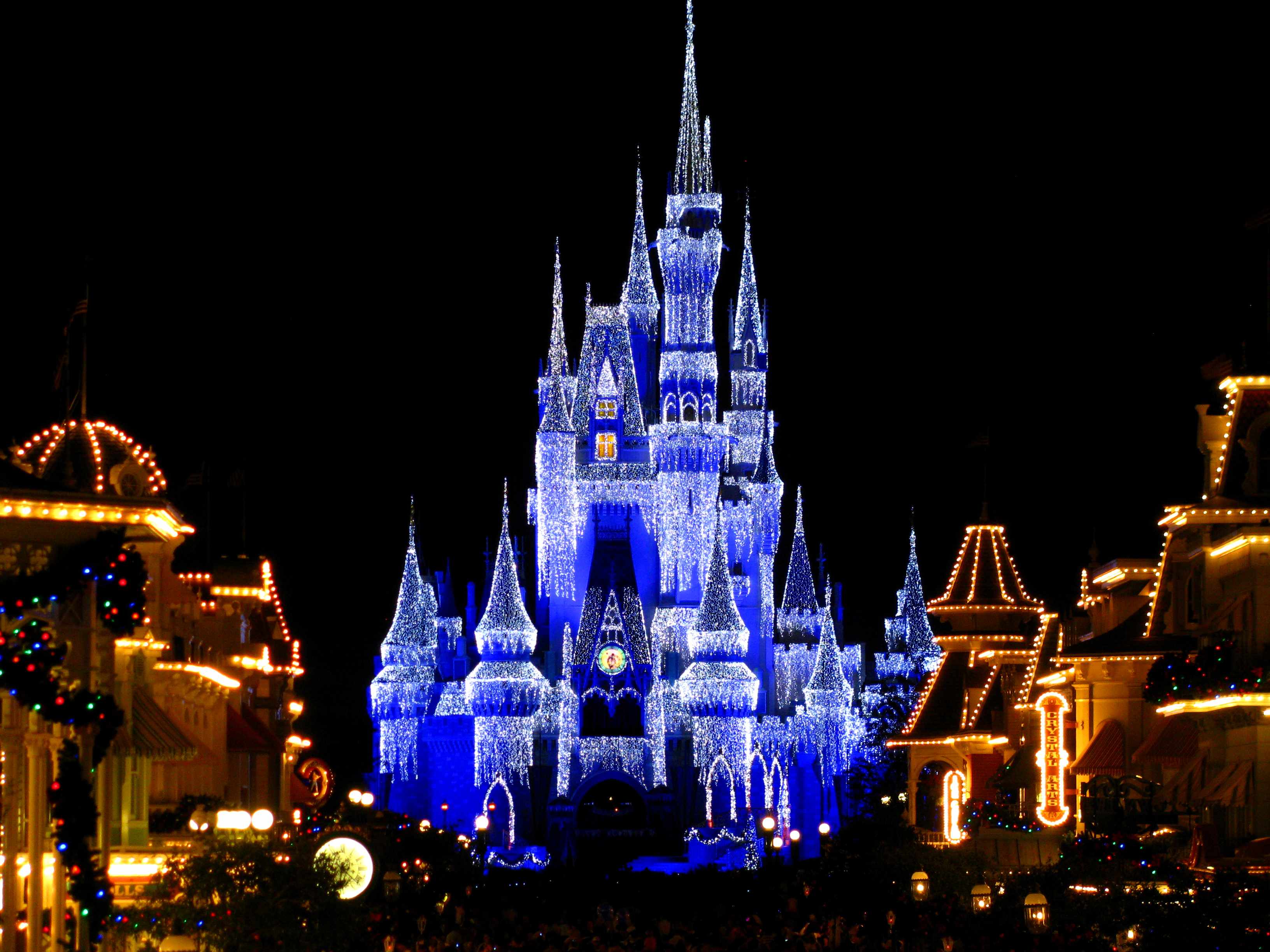 In reality, DisneyWorld has brand power such that it no longer needs to expand its development. It was an ingenious design. Epcot was the vision of modern planned communicty development. For Disney, building something real which is tangible gives you more control. If Walt Disney asked that you did something, you’d better make it real. Optimal Behaviorists push to maintain the top of their energy with a feeling of optimistism. Disney lived by this credo of using every minute of the day to achieve set goals.
In reality, DisneyWorld has brand power such that it no longer needs to expand its development. It was an ingenious design. Epcot was the vision of modern planned communicty development. For Disney, building something real which is tangible gives you more control. If Walt Disney asked that you did something, you’d better make it real. Optimal Behaviorists push to maintain the top of their energy with a feeling of optimistism. Disney lived by this credo of using every minute of the day to achieve set goals.

